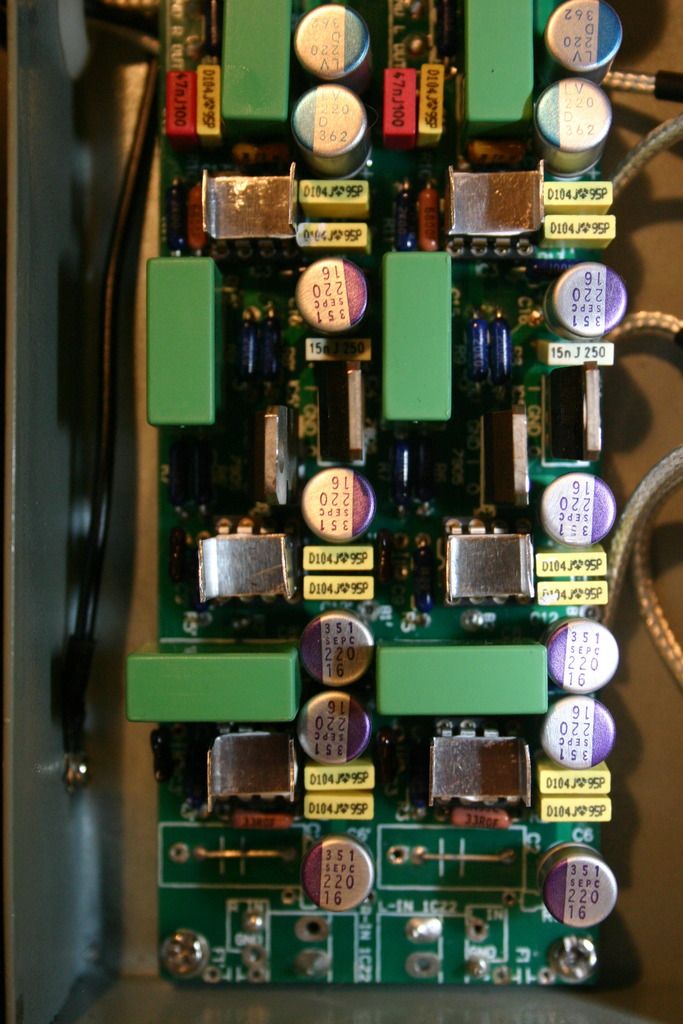belgianbrain
Super Member
Rather than continuing to pollute the GDA-600 thread, I'm starting a new one for my new project.
Having been absolutely stunned by the sound quality of my modded GDA-600, I figured I need to try a GDA-700.
Just browsing the schematics, a few preliminary observations:
1. The balanced digital input now looks to be truly balanced, delivering a balanced signal all the way to the receiver chip.
2. The balanced analog output is somewhat fake. The PCM1702 chips seem to not have differential outputs, so the single ended outputs are taken through I/V and filter opamp stages, and a separate opamp stage than inverts the signal for differential outputs. Bummer. I have a balanced preamp and amplifier and was hoping to achieved a fully balanced system.
The PCM1702 chips seem to not have differential outputs, so the single ended outputs are taken through I/V and filter opamp stages, and a separate opamp stage than inverts the signal for differential outputs. Bummer. I have a balanced preamp and amplifier and was hoping to achieved a fully balanced system.
3. The bright side of #2 is that there appear to be only 6 single opamps in the circuit. So, DIP OPA627 can go in without any converters needed.
4. This unit is more complicated than the GDA-600, so apart from doing a recap and changing opamps, I'll probably listen to this more before I mod it much.
More to come.
Having been absolutely stunned by the sound quality of my modded GDA-600, I figured I need to try a GDA-700.
Just browsing the schematics, a few preliminary observations:
1. The balanced digital input now looks to be truly balanced, delivering a balanced signal all the way to the receiver chip.
2. The balanced analog output is somewhat fake.
3. The bright side of #2 is that there appear to be only 6 single opamps in the circuit. So, DIP OPA627 can go in without any converters needed.
4. This unit is more complicated than the GDA-600, so apart from doing a recap and changing opamps, I'll probably listen to this more before I mod it much.
More to come.












